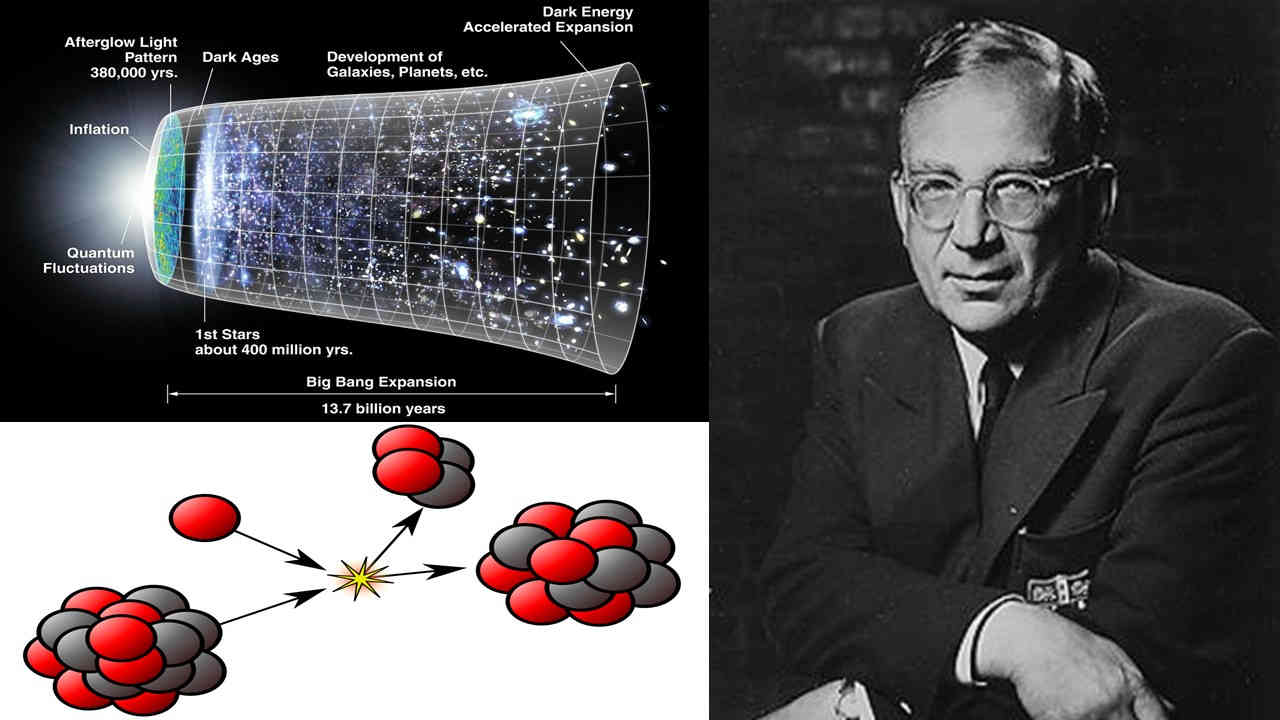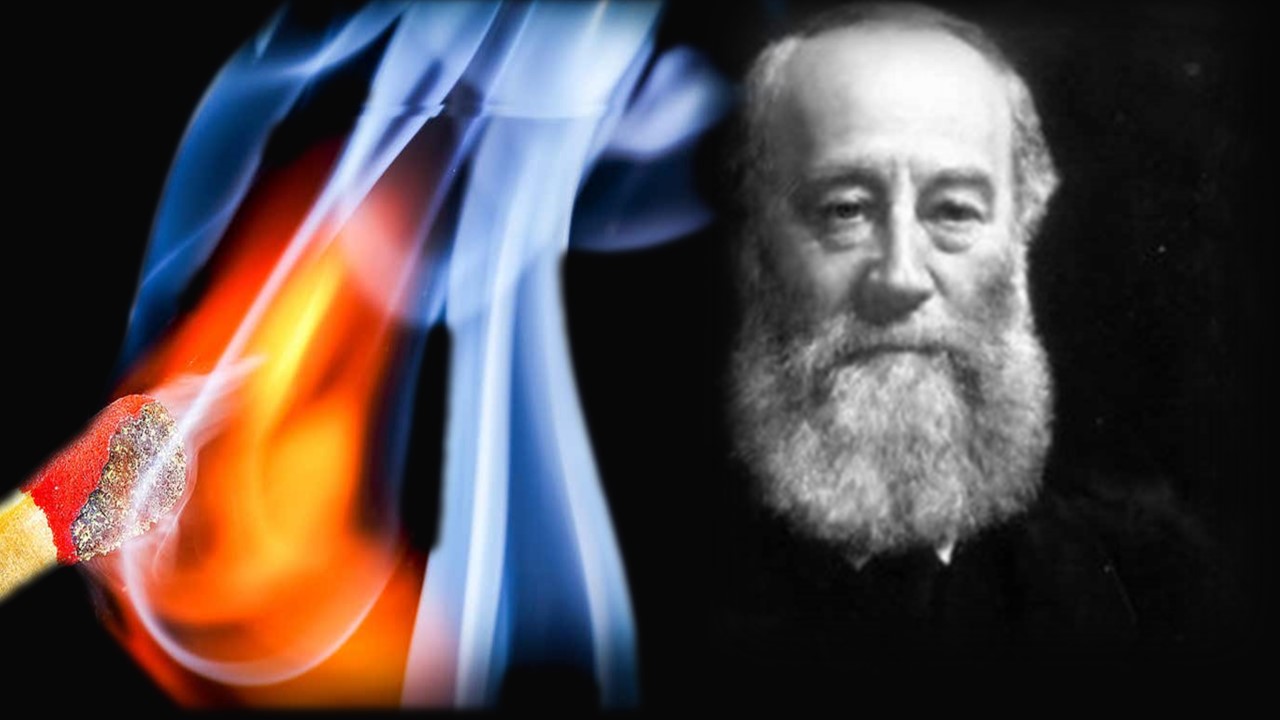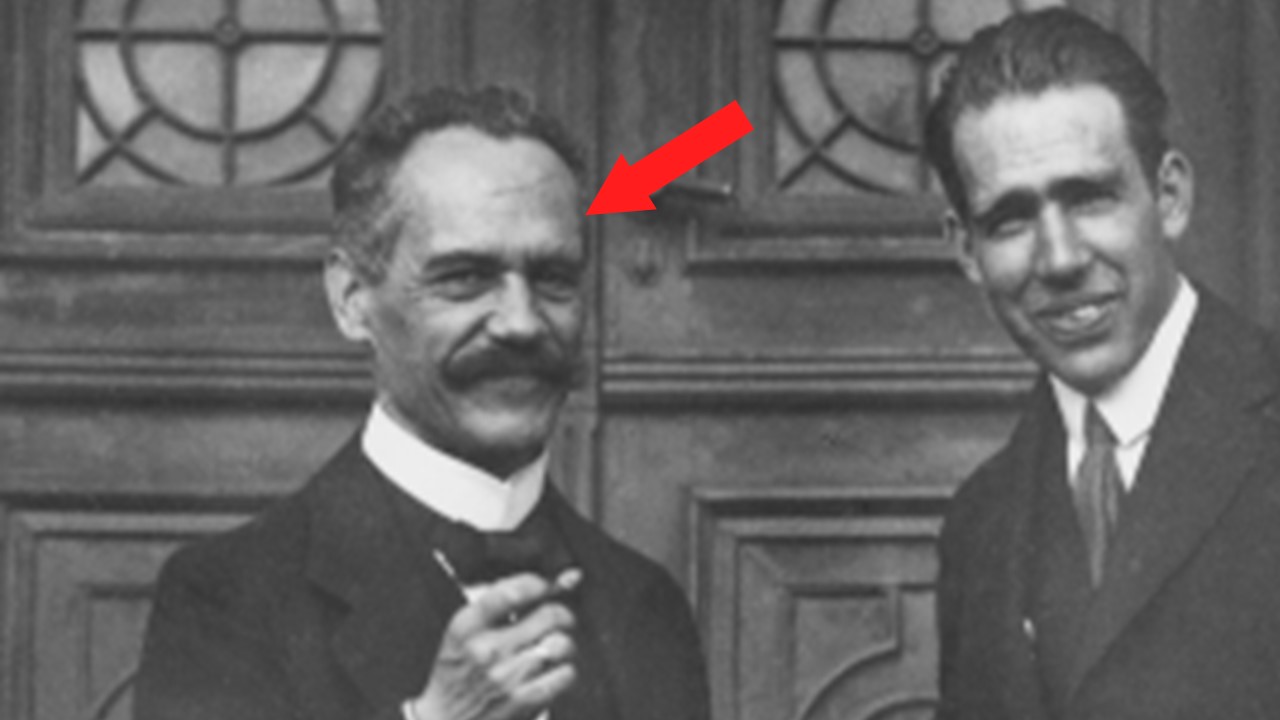
George Gamow (1904–1968) was an all-rounder in true sense of the word. He made contributions to many branches of physics as well as to the field of biology. Gamow was also quite funny and a well-known prankster as we shall see.
College life
Gamow studied under renowned Russian physicist Alexander Friedmann at the University of Leningrad. He made friends with Lev Landau and Matvei Bronstein and the trio came to be referred as the Three Musketeers.
After graduating, he started doing research into the atomic nucleus, which became the basis for his doctorate. From 1928 to 1931 he worked under Ernest Rutherford. In 1932, he built a draft for the first cyclotron in Europe which was completed in 1937.
Important contributions
In 1928, Gamow proposed an explanation for alpha decay of a nucleus by using quantum mechanical principles. He helped build the first cyclotron in Europe, an early version of the particle accelerator, which helped in further studies on radioactivity.
In 1940s, Gamow shifted his attention on cosmology. During this time, he worked with Lemaitre on the Big Bang theory. It was his idea that the early universe was dominated by radiation rather than by matter. He wrote in a paper the presence of background radiation (remnants of the big bang which were later discovered in 1965).
Gamow worked with Francis Crick and James Watson to understand the structures of DNA and RNA. His work played a key role in the formulation of genetic theory.
Writings
Gamow earned fame and recognition as a science writer. In 1956, he was awarded the Kalinga Prize by UNESCO for popularizing science with his books. He also sketched many cartoons and illustrations for his books which added quite a dimension to and complemented the text.
Educator
George Gamow had all the qualities of a great physics teacher. He conveyed a sense of excitement with the revolution in physics. His doctoral students included Ralph Alpher and Vera Rubin whose significant works were prediction of cosmic microwave background and detection of dark matter, respectively.
Personality
George Gamow was full of life much like Feynman never too dull or boring. He possessed an infectious, almost manic enthusiasm in whatever he did. American biologist James Watson described Gamow as card-trick playing, limerick-singing practical joker.
He loved the Greek letters and so much so that he called his wife Rho even though her name actually was Lyubov Vokhmintseva.
His most famous prank was the Alpher–Bethe–Gamow paper. He could not resist adding his colleague Hans Bethe to the list of authors, as a pun on the first three letters of the Greek alphabet: alpha beta gamma.




























 Physics, astronomy and science history blog for students
Physics, astronomy and science history blog for students